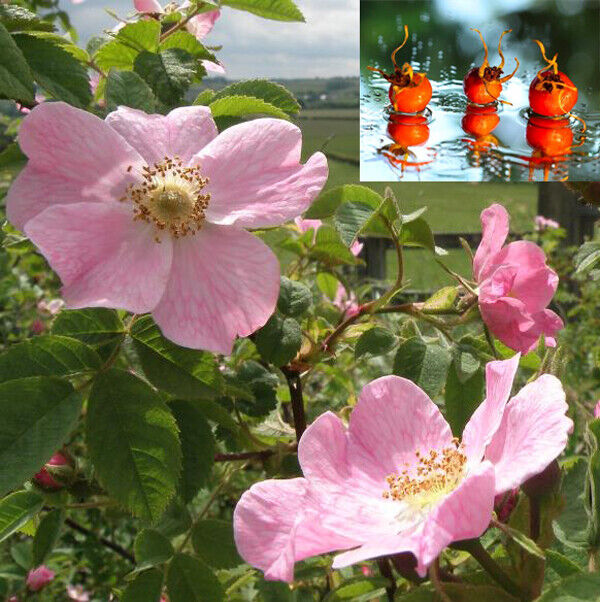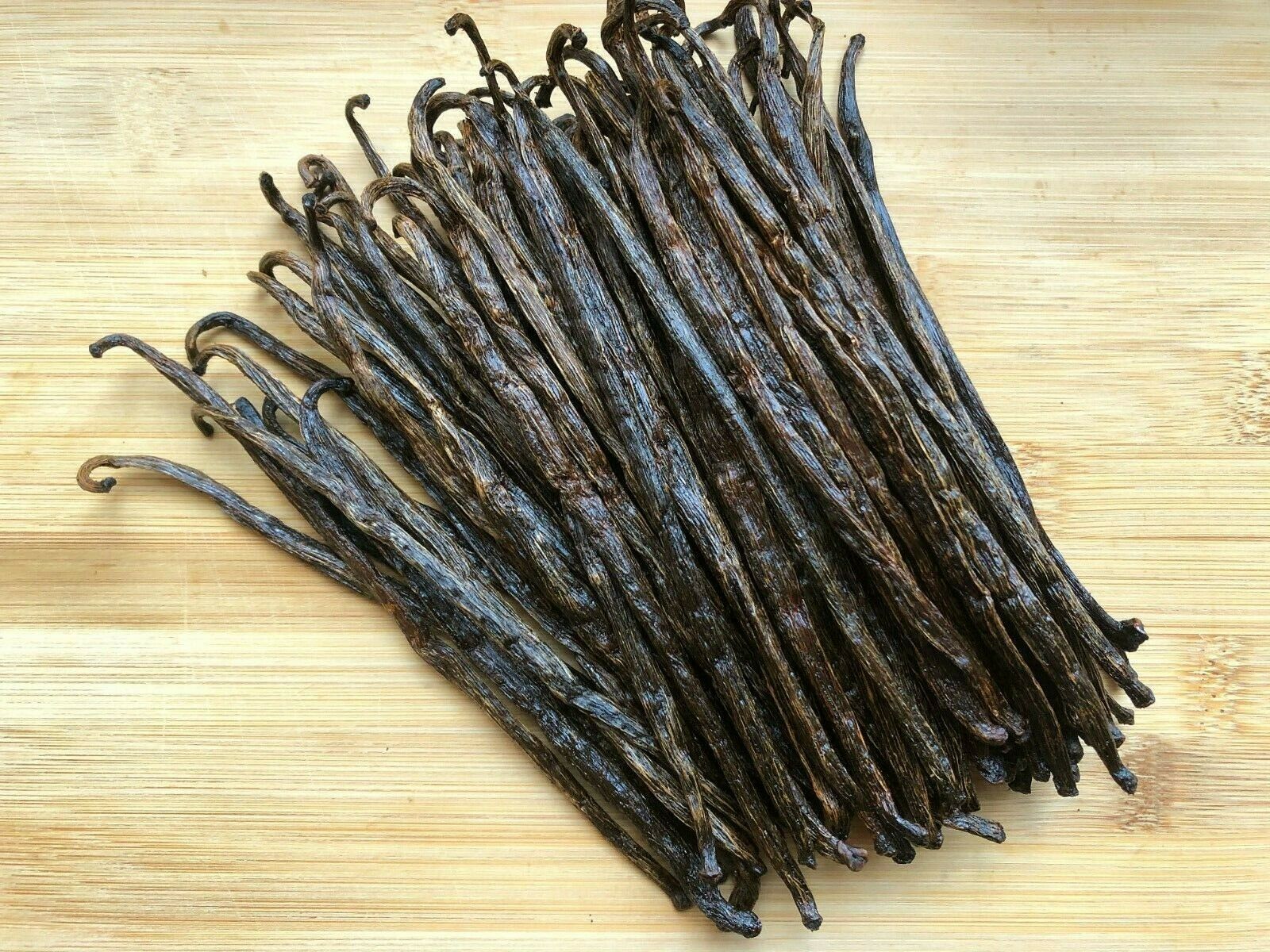-40%
Rosa rubiginosa - 50 Seeds - Rosehip, eglantine, SWEET BRIAR ROSE, sweet brier
$ 3.15
- Description
- Size Guide
Description
Rosa rubiginosa(
50 SEEDS
)
Botanical nomenclature: Rosa rubiginosa (pink eglantine)
Common name: rosehip, rosehip, eglantine, eglantine, sweet briar rose, sweet brier, wein-rose
Family: Rosaceae
Origin: europe
Height: 2.00 - 3.00 meters
Brightness: Full Sun, Partial Shading
Climate: see description below
Flowering: White - Rosy White - Pink
Fruits: reddish orange
Canine rose and ruby rose are distinct species, sometimes confused as single or the same species. The color of the flowers are different, canine rose is usually treated as a bindweed and ruby rose is treated as a shrub.
Main differences:
Sweet briar (ruby pink) can be confused with dog rose (canine pink). These species can be distinguished by the following differences:
Sweet briar (ruby pink) has sticky flower stems and sepals (ie glandular). Its leaves have sticky (ie glandular) hair on the underside and margins, and the leaves have almost rounded tips. Its flowers are pale pink or white and the bases of its fruits are sometimes adorned with bristles and / or small thorns.
Dog rose (canine rose) has hairless flower stems and sepals (ie glabrous). Its leaves are mostly hairless, with pointed-tipped leaves. Its flowers are pale pink to bright pink and its fruits are hairless (ie glabrous) and unadorned except for the remains of the sepals.
The rosehip or simply rosehip (rosa eglanteria; synonym rosa rubiginosa) is a wild shrub, a native plant of Europe where it is cultivated mainly for its beautiful white or pale pink flower, but is also found in the wild at the foot of the southern andes, both in Chile and Argentina and in the spé de mendoza. Its fruits, known as rose hips, are used to make delicious jams and jellies as well as to make infusions. Oil extracted from its seeds is widely exploited in the cosmetics industry.
Rosehip is traditionally cultivated as an ornamental. It is resistant and tolerates high levels of alkalinity compared to other similar species. It does not require fertile soil or good drainage and is tolerant of drought and numerous diseases. Due to its vigor, it is used as a rootstock for other cultivars.
In Argentina and Chile, where it was naturalized, it thrives satisfactorily, and the sale of its fruits, flowers and by-products means the source of income for many families.
Rosehip fruits are used in gastronomy, they are prepared in preserves or jams and are used in infusions and liqueurs.
Flowers are an abundant source of bee nectar. Scented petals can be used to aromatize environments, add flavor to preserves or as astringent lotion for sensitive skin.



















